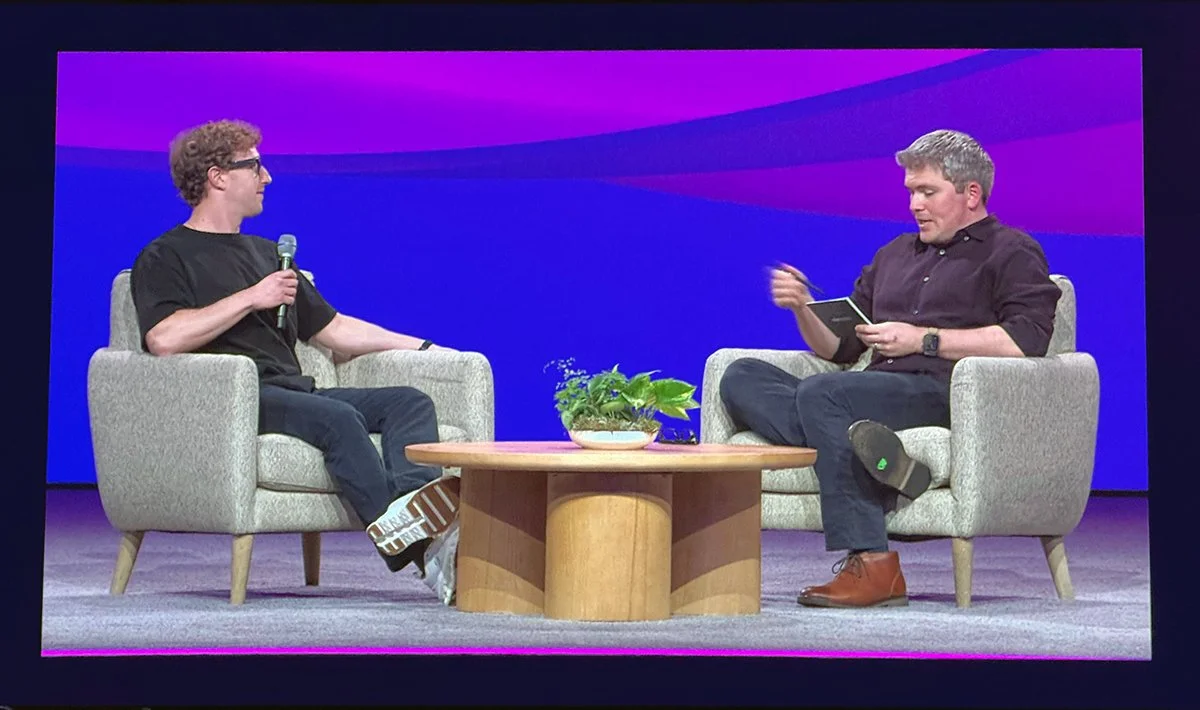Insights from Stripe Sessions 2025: The Future of Financial Infrastructure
I just returned from two exciting days at Stripe Sessions, held at the Moscone Center West in San Francisco. This flagship event brought together leaders, developers, and innovators from the payments and fintech communities to explore the future of financial infrastructure.
The conference’s mission was clear: to showcase Stripe's evolving ecosystem while fostering collaboration and knowledge sharing across industries. Attendees had the opportunity to preview upcoming product releases, engage directly with Stripe executives and visionaries, and explore hands-on demonstrations of how the company continues to push the boundaries of innovation.
What stood out most was how seamlessly Stripe blended a developer-first mindset with strategic business thinking. On multiple occasions—whether on the main stage or during product demos—developers were firing up their laptops and live-coding new features, embodying the spirit of experimentation and velocity that Stripe champions.
Stripe, as a financial infrastructure platform, offers a comprehensive suite of tools that enable businesses to accept payments online and in-person, manage recurring billing, and mitigate fraud—all through a robust API-driven stack. From e-commerce startups to global enterprises, Stripe provides the building blocks for managing and scaling financial transactions efficiently.
During Tuesday evening’s keynote, Stripe CEO Patrick Collison shared some remarkable achievements:
$1.4 trillion in total payment volume (TPV) processed in 2024 — a 38% increase year-over-year.
This scale represents about 1.3% of global GDP, underscoring Stripe's growing influence on the global economy.
Businesses built on Stripe saw revenue growth 7x faster than the S&P 500 in the same period.
This growth equates to approximately $400 billion in incremental payment volume.
Patrick attributed much of this momentum to Stripe's long-term investment in machine learning and artificial intelligence, deeply embedded across their product stack.
Technical excellence remains a top priority. Stripe achieved 99.99986% reliability across its APIs in the past year, supported by an astonishing 1,145 daily pull requests—a testament to the scale and discipline of their engineering operations.
Finally, Stripe’s President and co-founder, John Collison, highlighted several of the fastest-growing segments using Stripe, including:
AI-native Businesses
Vertical SaaS Platforms
The Creator Economy
One of the most anticipated moments at Stripe Sessions was a fireside chat featuring Mark Zuckerberg, Founder and CEO of Meta, in conversation with John Collison, Co-founder and President of Stripe. Over 45 minutes, the two tech leaders shared a wide-ranging discussion that offered rare insight into their philosophies and vision for the future.
The conversation touched on several compelling themes:
The future of computing platforms, with Mark offering his perspective on how emerging technologies—like mixed reality and AI—are reshaping the interface between people and machines.
Zuckerberg’s management style, including how he balances long-term innovation bets with day-to-day execution at scale.
The power of partnering with competitors, and why Meta has increasingly embraced collaboration as a path to greater ecosystem success.
The dialogue was candid, insightful, and reflective of the mutual respect between two founders who have played defining roles in building today’s digital economy.
The Stripe Sessions conference left me inspired, not just by the cutting-edge tools being built, but by the passion and ingenuity of the people driving them forward. It’s clear Stripe is not only building the rails of modern finance—but actively shaping the future of how money moves.
Looking to optimize your business finances? Schedule a free assessment with us today and discover smarter solutions.


